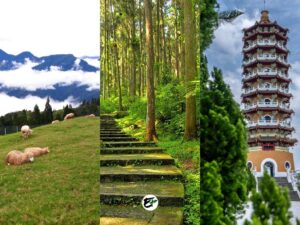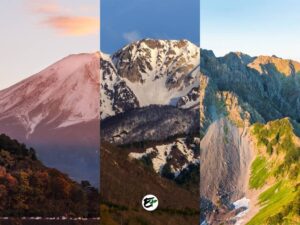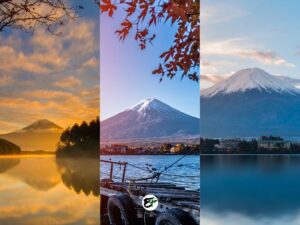15 Things to Do in Kyoto NOT Temples & Shrines
When I was planning my trip to Kyoto, I realized that I could spend a whole week there just visiting temples and shrines. Do you doubt it? Well, you might change your mind when you hear this: Kyoto has more than 1600 temples and shrines. I was shocked, too, when I first found out.
But, what if you want to see something different in Kyoto, besides the temples and shrines? Don’t worry, I have some tips for you in this blog post. I did some research and found the best attractions and activities in Kyoto that are not related to temples and shrines. You can discover them all here in this post.
In summary, these things to do in Kyoto involve nature, views, and culture. Let’s get started!
This post contains affiliate links. I may receive a tiny commission at no additional cost to you.
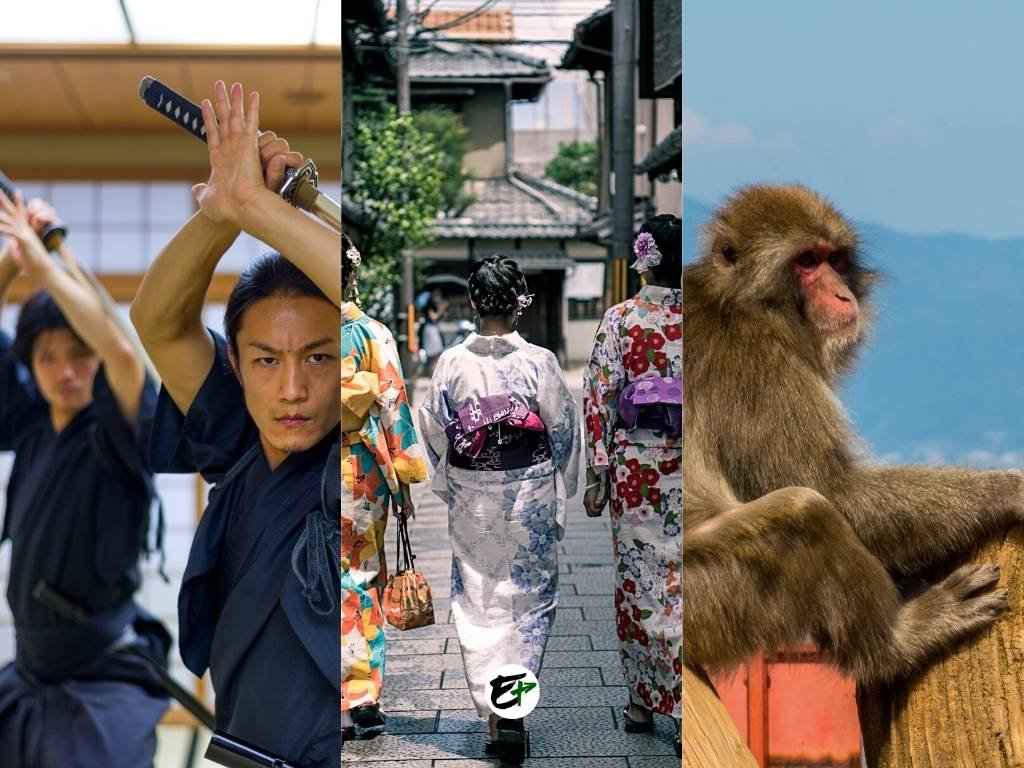
Use the table of contents to skip to topics.
Check out my other articles about Japan.
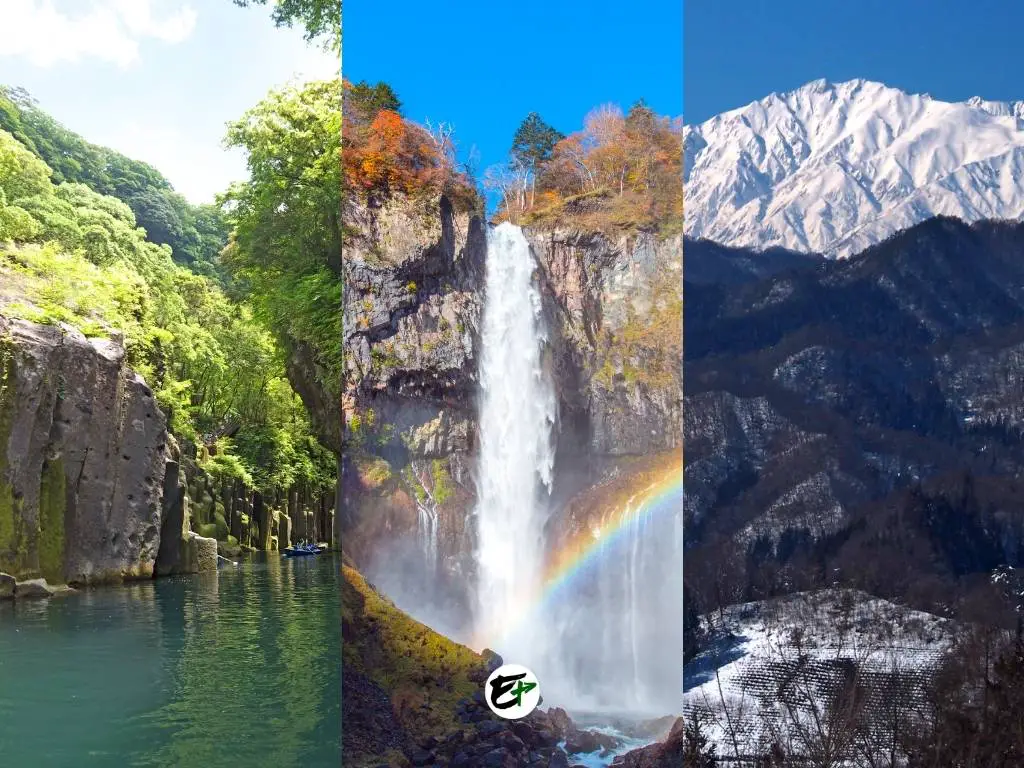
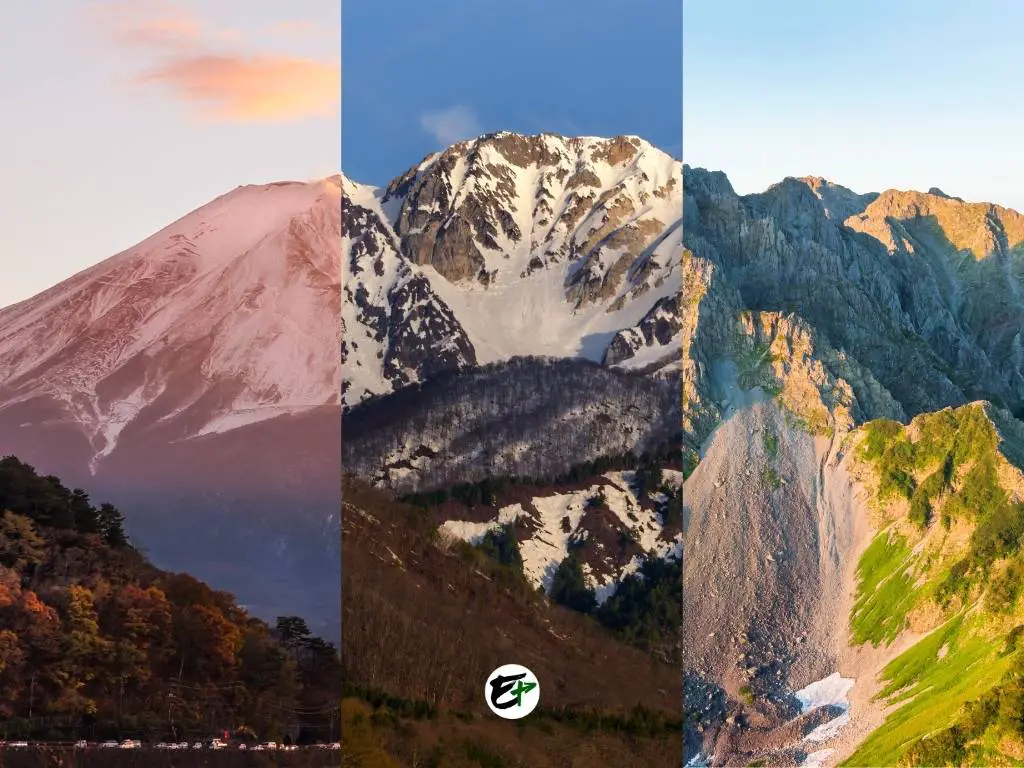
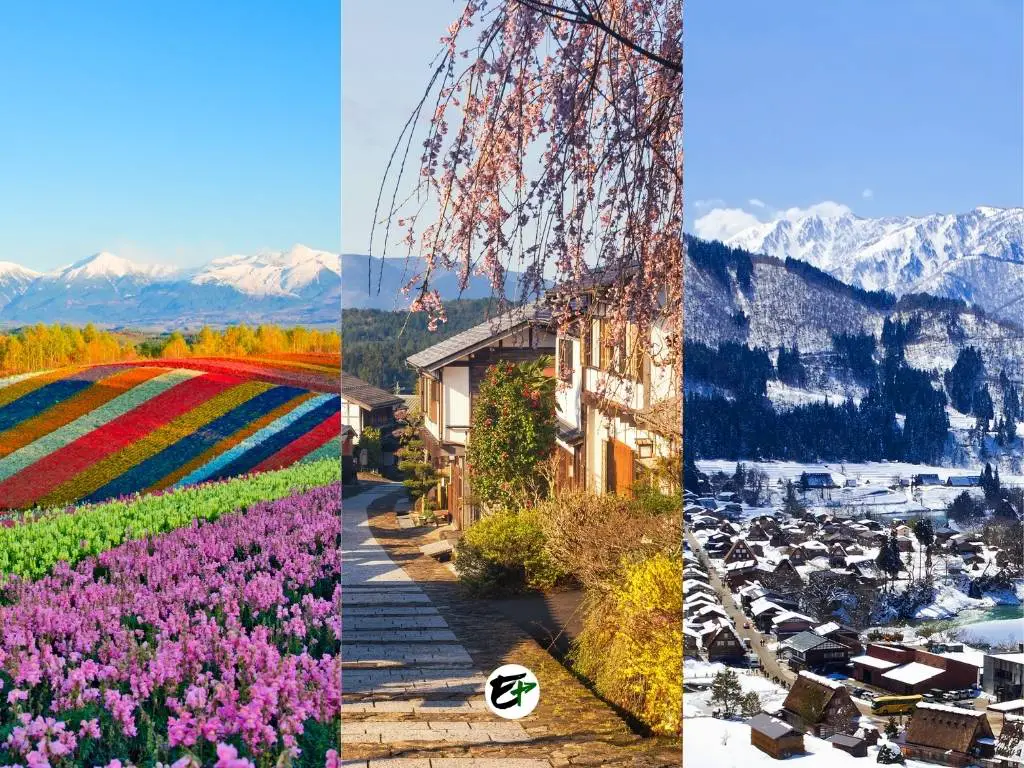
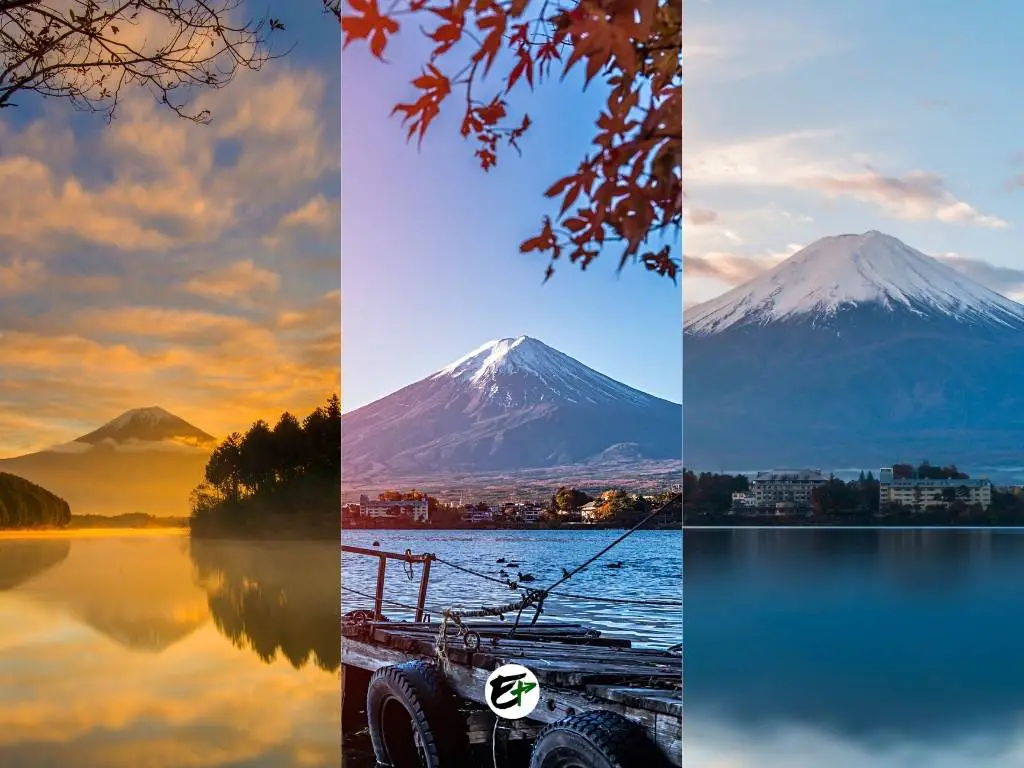
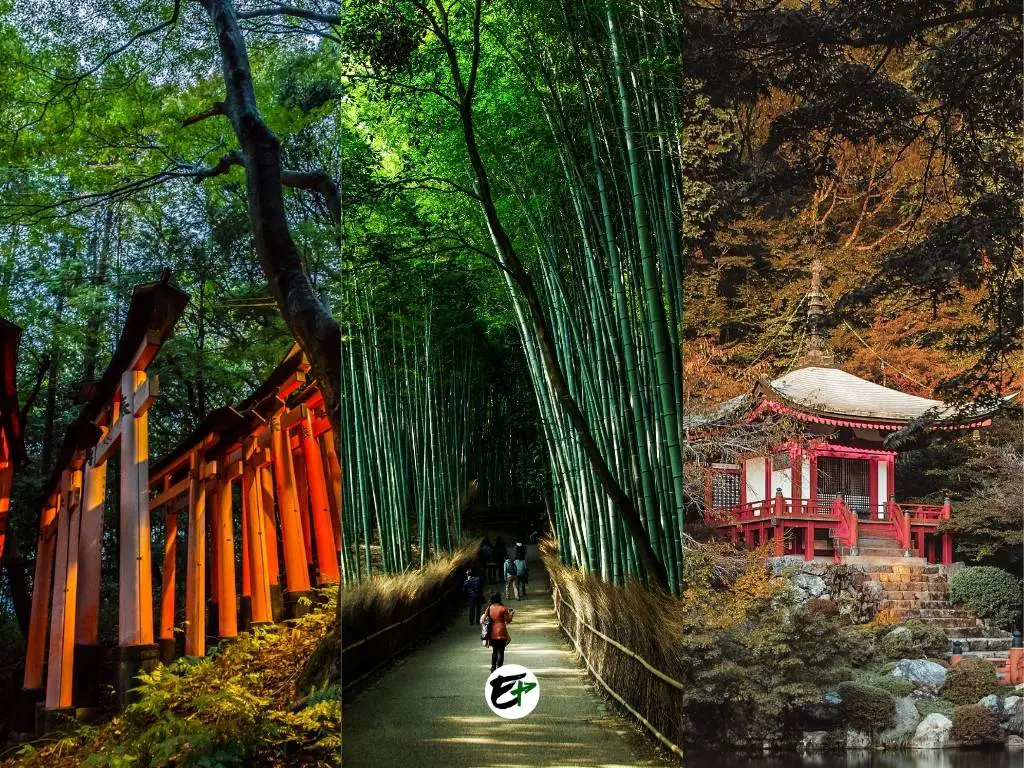
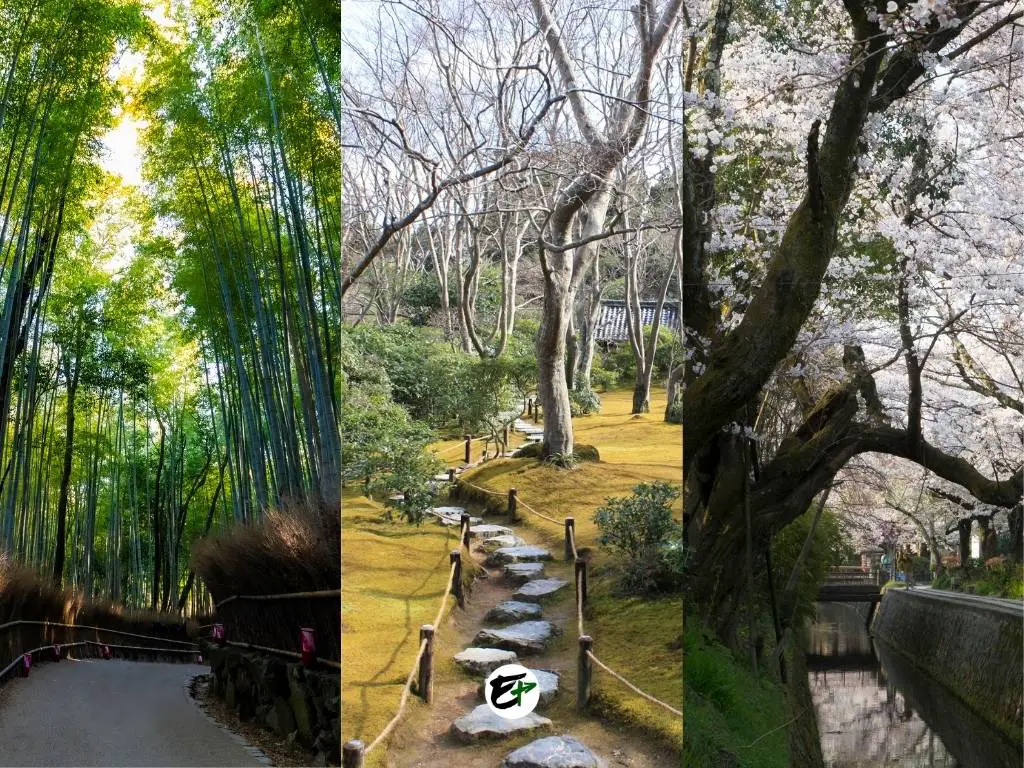

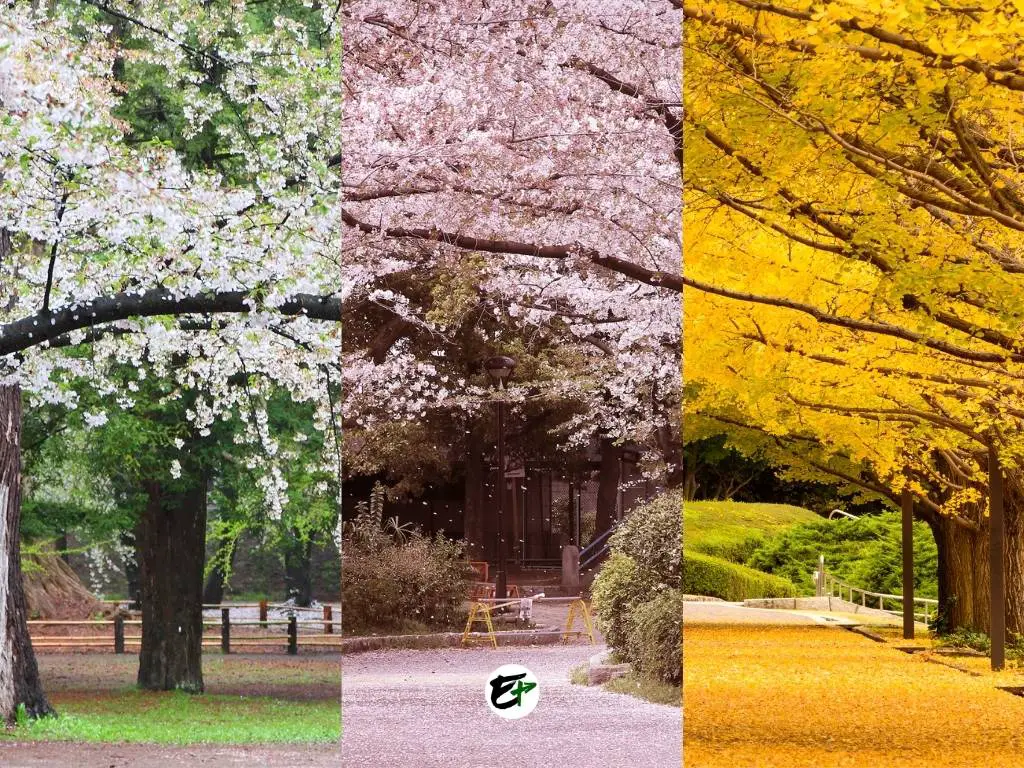
Staying in Kyoto for several days? You can find the best hotel deals in Kyoto here.
Before anything, there is one thing you should know: Kyoto is full of temples and shrines. Even if you are not looking for temples and shrines, you might still see some of them. Especially if you are walking around the city, you might come across even a small temple or shrine. They are part of Kyoto’s culture and history.
1. Hike Mount Daimonji for an Overlooking View of Kyoto
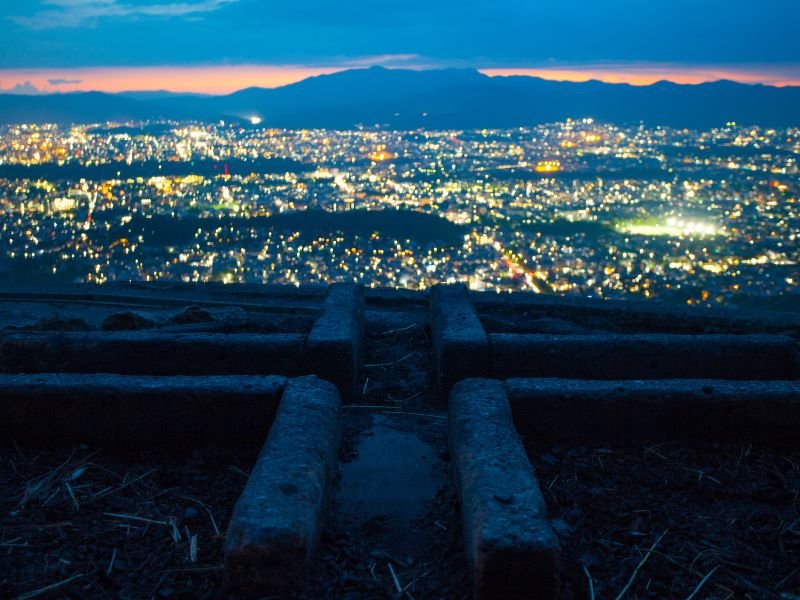
If you want to see a panoramic view of the city, you should visit Mount Diamonji. This mountain is part of the Higashiyama Mountain Range and a part of Kyoto’s hiking heritage where you can find a rewarding overlooking view of Kyoto.
More importantly, Mount Diamonji is a good sunset spot in Kyoto. If you’re wondering where to spend the late afternoon or summer evening while in Kyoto, this is the place to be.
More Information: Visiting Mount Diamonji
Mount Diamonji is a great place to hike if you want to see the natural beauty of Kyoto that is hidden from many people. You can escape the crowded city center and enjoy the fresh air and the scenic views. The hike is not too long or too hard and you can complete it in less than half a day. The trail reaches a height of 466 meters at the summit.
Another benefit of hiking Mount Diamonji is that you can visit two heritage sites along the way, Nanzen-Ji Temple and Ginkaku-Ji Temple. These are both famous and historic temples that are worth seeing. So, hiking Mount Diamonji is a blend of relaxing and cultural experiences.
To get to Mount Diamonji, you can start from Ginkaku-Ji Temple in northern Higashiyama. This is where the trail begins. I found a super detailed guide on how to hike Mount Diamonji on DIY. You can follow this guide to make your hike easier and more enjoyable.
If you prefer to have a hiking guide or join a group of hikers, you can check tabikyo-japan.com. This is a website that offers hiking tours and services in Kyoto. You can also book your trip to Mount Diamonji there.
2. Hike Mount Atago & Discover Japanese Asceticism Culture
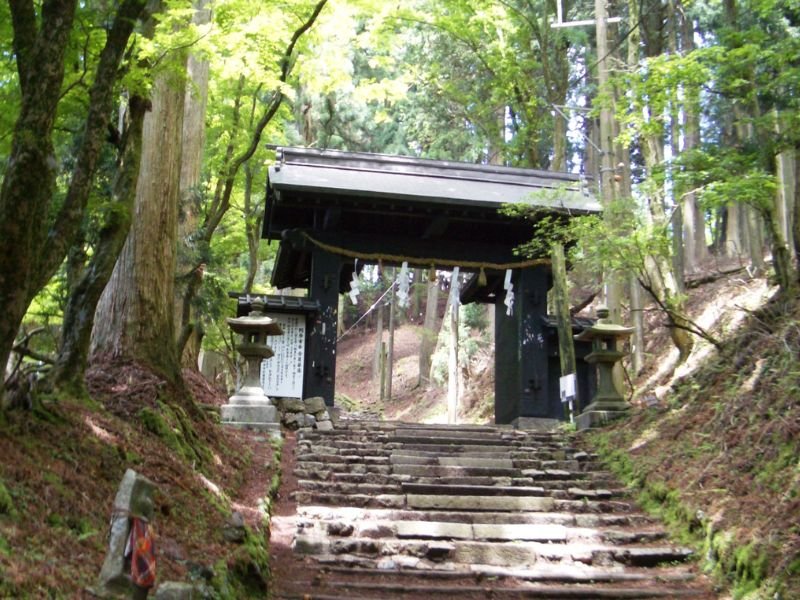
If you need a more challenging hike, you can try Mount Atago. It is the highest peak in Kyoto, with an elevation of 924 meters above sea level. There, you can enjoy a more stunning view of Kyoto, but expect that it will require more effort and time.
Hiking Mount Atago takes about 8 hours to finish, covering the 11.6-kilometer trail to and from the summit. Along the way, it is said that one can get in touch with authentic Japanese asceticism culture, which is an intriguing thing to discover for me.
More Information: Visiting Mount Atago
It is important to note that Mount Atago is also a pilgrimage site for locals and some tourists. Here, another temple called the Atago shrine sits at the top of the mountain. Indeed, when you come to Kyoto, there is little chance that you won’t find temples and shrines everywhere you go.
How to go to Mount Atago? You can find the buses from Kyoto station with route number #72 going to Kiyotaki. When you arrive at Kiyotaki station, walk until you cross the river, where you can see a torii as the entrance to Mount Atago. Alternatively, you can visit tabikyo-japan.com to get a hiking guide and hike Atago mountain in a group. However, they only offer hikes from March until November.
3. Ride Japan’s Steepest Ropeway and Visit Mount Hiei to Meet Marathon Monks
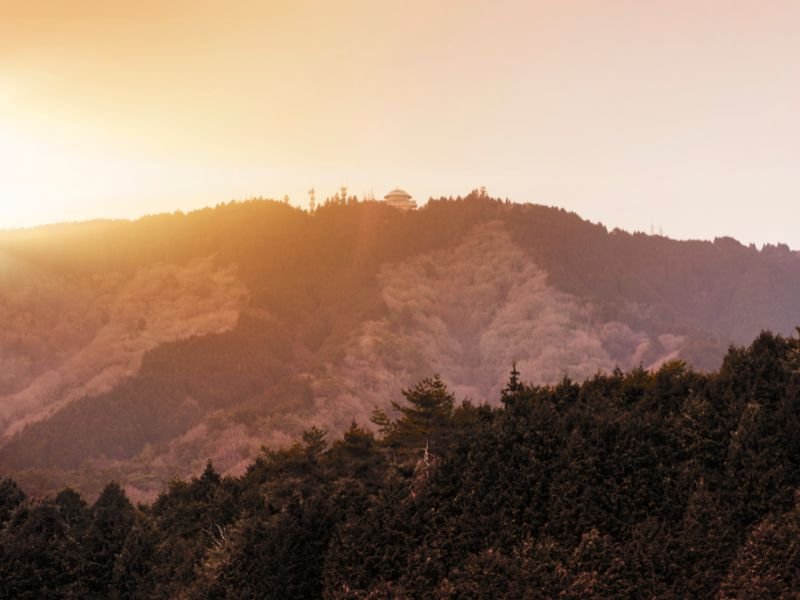
If you want to enjoy the beauty of nature and culture in Kyoto in a relaxing way, Mount Hiei is a great destination.
Unlike other mountains in the area, Mount Hiei has a cable car that can take you to the top in minutes, saving you hours of hiking. Mount Hiei is 850 meters high and offers a panoramic view of Kyoto from the peak. You can see the cityscape and the surrounding mountains in all their glory.
One of the highlights of Mount Hiei is the Eizan cable car, the steepest ropeway in Japan. You can ride it from the base to the summit and admire the scenery along the way. But the most impressive feature of Mount Hiei is the Enryaku-Ji Temple, a UNESCO heritage site. This temple is not like any other in Kyoto.
Enryaku-Ji Temple is where you meet the “marathon monks,” who undertake a grueling 1000-day challenge called “Kaihogyo” to achieve enlightenment. They run long distances every day, sometimes without food or water, and pray at hundreds of shrines. They are a remarkable example of human endurance and devotion.
More Information: Marathon Monks
Did you know that the marathon monks in Kyoto run in straw sandals that they make themselves? These sandals, called waraji, are light and flexible, but they also wear out fast. The monks need new ones every 10 days or so.
The monks also carry a knife and a rope when they run. These are not for protection, but for dedication. They show that the monks are ready to die if they fail the challenge. In fact, some monks in the past killed themselves by hanging or cutting their throats.
The monks don’t think of themselves as runners, though. They are pilgrims. They pray and chant at hundreds of shrines and temples along the way. They do this for the good of all living beings. They also hope to reach enlightenment through their physical endurance.
More Information: Visiting Mount Hiei
I can help you improve your paragraph. Here is a possible revision:
Do you want to visit Mount Hiei from Kyoto? You have two options: the bus or the train. The train is more popular among tourists, as it takes you to the cable car station. Here are the steps to follow:
- From Kyoto station, take a train on the Eizan line to Yase Hieizan Guchi.
- Walk a short distance to Cable Yase Station.
- Ride the cable car to the summit of Mount Hiei.
Please note that the cable car and the bus are closed in winter, from early December to mid-March.
If you like hiking, you can also take a train on the Eizan line from Kyoto station. Get off at Shugakuin station and head east. Follow the canal until you reach the mountain trail. Then, enjoy the hike to the top of Mount Hiei.
4. Marvel at the Torii Gates of Mount Inari
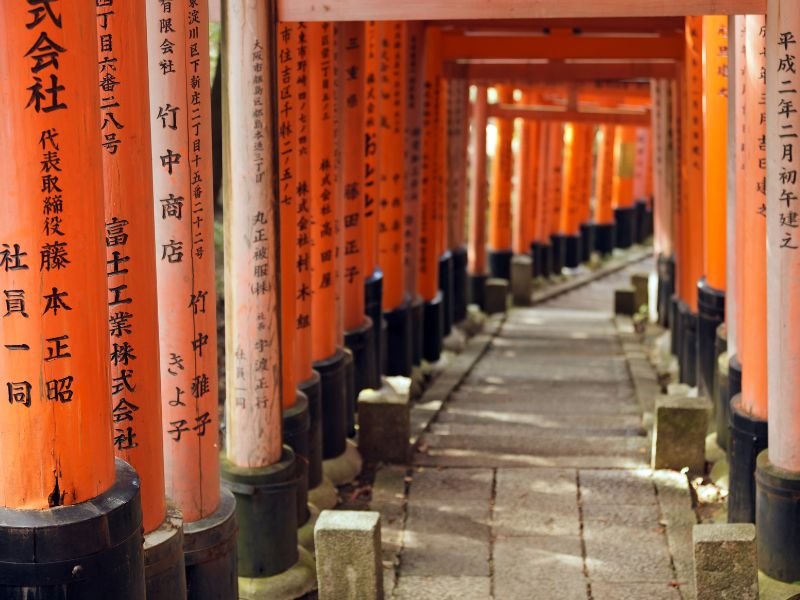
Do you want to see a stunning sight in Kyoto? Then you should visit Mount Inari.
This mountain has a hiking trail with thousands of red gates, called torii. They look amazing against the green forest. Mount Inari is not very high, only 233 meters. So you can hike it easily. The trail starts behind the Fushimi Inari Shrine, also known as the Thousand Torii Shrine. This shrine is dedicated to the god of rice and prosperity.
The trail on Mount Inari has more than just red gates. It also has a special spot called the Yotsutsuji intersection. This is where you can see the amazing Kyoto skyline. The Yotsutsuji intersection is halfway up the mountain. You can stop there and enjoy the view. You can also decide if you want to continue to the summit or go back down. Either way, you will have a memorable experience.
More Information: Torii Gates
Do you know the story behind the red gates on Mount Inari? They are not just decorations. They are donations from people and businesses who want good luck and fortune. You can see their names and the dates of their donations on the back of each gate.
The gates are not cheap, though. A small one costs about 400,000 yen. A large one costs more than one million yen. That’s how much people value the blessings of the god of rice and prosperity.
More Information: Visiting Mount Inari
Do you want to hike Mount Inari and see the famous red gates? You can get there easily from Kyoto Station. Just follow these steps:
- Take a train on the JR Nara Line to JR Inari Station.
- Walk a few steps to Fushimi Inari Shrine, where the trail begins.
- Enjoy the hike through the Thousand Torii Trail.
The hike is not very hard. It takes about two to three hours to finish. The trails are not steep, so anyone can try it. You will love the view and the atmosphere.
5. See the Cute Monkeys in Arashimaya Monkey Park Iwatayama
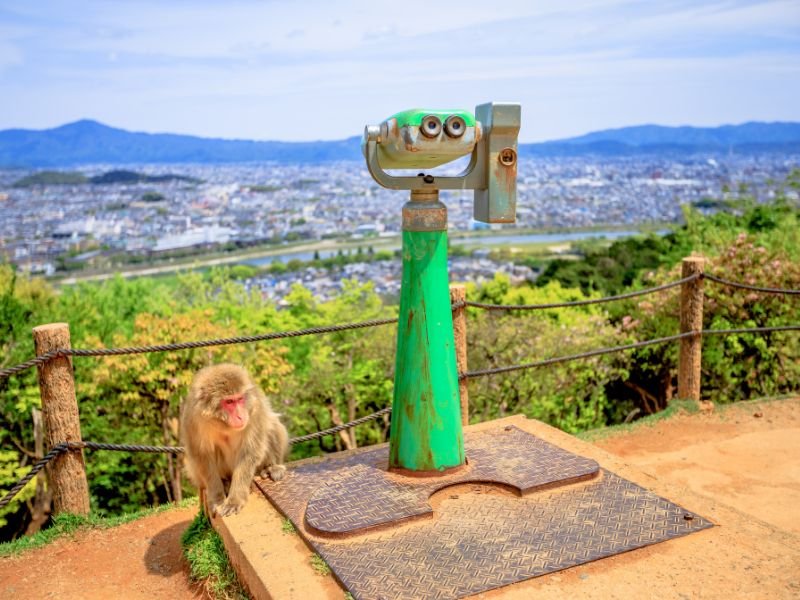
How about a fun twist for your next trip? Instead of hiking with guides, you can hike with monkeys! That’s right, monkeys. Mount Iwata has a place called Arashiyama Monkey Park. It’s a famous attraction in Kyoto where you can meet wild Japanese macaques.
The park is not only about monkeys, though. You can also enjoy the beauty of nature and the city. The park is on top of a mountain, so you can see the Kyoto skyline from there. The park even has telescopes for you to explore the city better. And of course, you can watch the monkeys play in the fields, ponds, and trees.
More Information: Visiting Arashimaya Monkey Park Iwatayama
You can go to the Arashimaya Monkey Park easily from Kyoto station. Just follow these steps:
- Take a train on the Randen line to Arashimaya Station.
- Cross the Katsura river on the Togetsu Bridge.
- Walk for about 7 minutes to the entrance of the park.
After that, to get to the main park, you need to hike a short distance. It’s not too hard, and it’s worth it. You will have a unique experience in Kyoto. And if you go in spring, you might see some adorable baby monkeys. They are so cute and fluffy.
6. Wander in the Famous Arashiyama Bamboo Forest & Kimono Forest
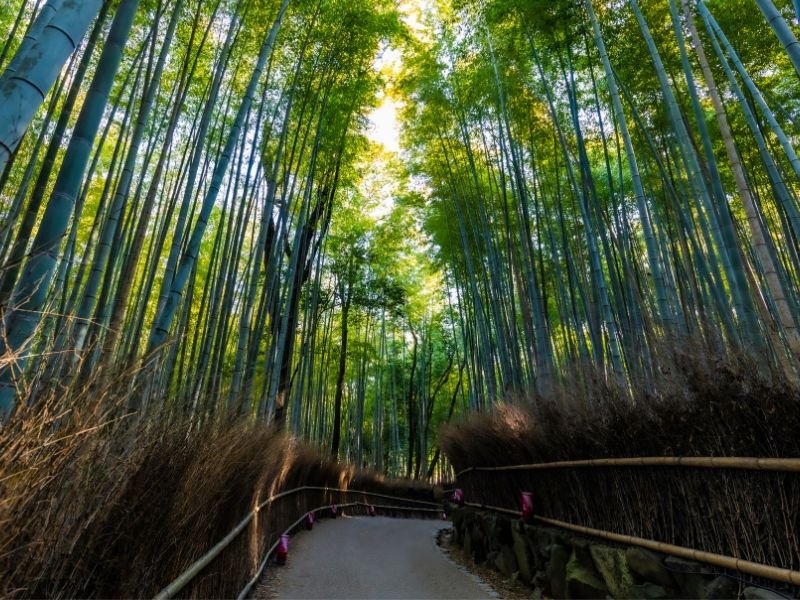
Arashimaya has another amazing place that you should see: the Bamboo Forest. This is one of the best nature destinations in Kyoto. Indeed, it is not about temples, but about the beauty of bamboo.
The Bamboo Forest is one of the 100 soundscape destinations in Japan. This means you can enjoy the sound of nature and forget the noise of the city. But you should avoid the busy times, when the forest is full of people. The best time to go is in the late afternoon, when it is quieter.
Near the Bamboo Forest, there is another place you can visit in the late afternoon. It is called Kimono Forest. This is an art installation of 600 pillars with colorful kimono fabrics inside. They light up at night and create a stunning effect. You can take amazing photos there, especially before the sunset.
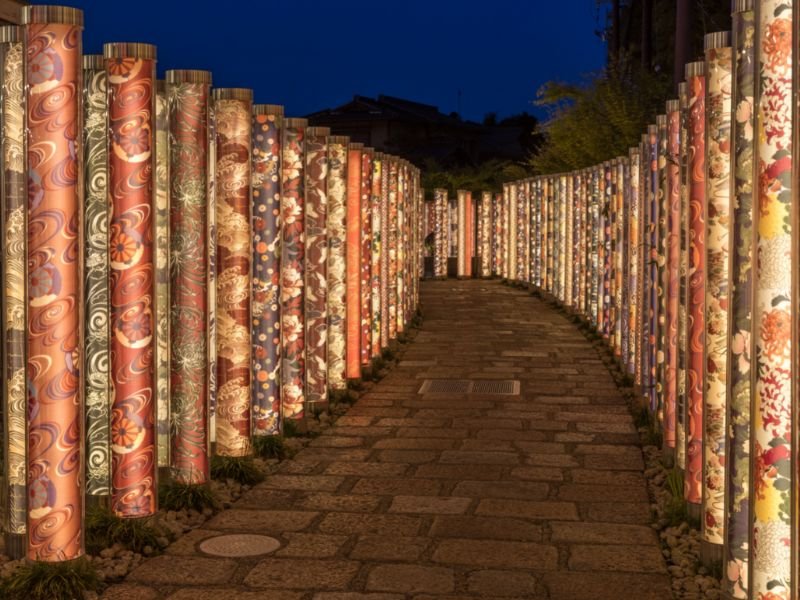
More Information: Visiting Bamboo Forest
Do you want to see the beautiful Bamboo Forest in Arashimaya? You can get there by bus or train from Kyoto Station. Here are the steps for each option:
- By train:
- Take a train on the JR Sagano/San-in Line to Saga-Arashimaya Station.
- Walk for about 10 minutes to the Bamboo Forest.
- By bus:
- Take the Kyoto City Bus Number 28 to Arashiyama-Tenryuji-mae station.
- Walk north until the Nonomiya bus stop.
- Turn left and walk for a few minutes to the Bamboo Forest.
7. Immerse Yourself in Nature During Hozugawa River Cruise
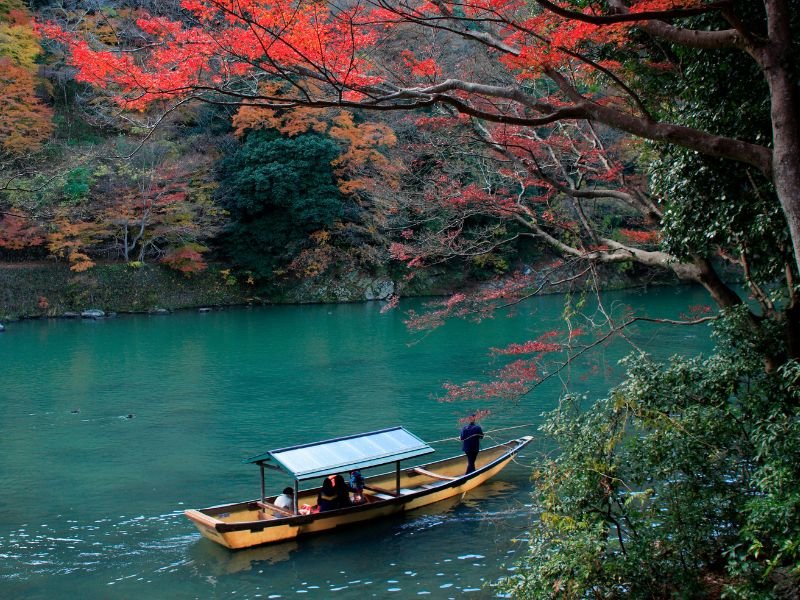
If you are looking for something different to do in Kyoto, you should try the Hozugawa River Cruise. This is a 2-hour riverboat ride that takes you through the scenic Arashimaya area. You will surely have a break from temples here. You will see nature, history, and adventure.
Needless to say, the cruise takes place in Hozugawa River, which, interestingly, was once used to transport lumber and other goods. You can even still see some of the tools that the workers used along the way!
What else to expect from Hozugawa Boat Ride
During the boat ride, the boatmen will tell you stories and facts about the river and its past. They will also show you how they steer the boat with oars and bamboo poles.
The best part of the cruise is the rapids. Yes, there are rapids! They make the ride more exciting and fun. You will also see beautiful trees on the riverbank, especially in spring and autumn. The colors are amazing.
The cruise is a great way to relax and enjoy the beauty of Kyoto. You don’t have to hike or do anything. Just sit back and watch the scenery. You will have a wonderful time.
More Information: Hozugawa River Cruise Getting a ride
Do you want to have a fun boat ride on the Hozugawa River? You can get there easily by train. Here are the steps and tips for the boat ride:
- Take a train on the JR San-in Line to Kameoka Station.
- Walk for a few minutes to the boat station.
But before you go, there are some things you should know.
- Check the schedule of the boat departures. They are different depending on the season:
- From March 10 to December 13, the boats leave every hour from 9 a.m. to 3 p.m.
- From December 14 to March 9, the boats leave every 90 minutes from 10 a.m. to 2:30 p.m.
- Read my tips for picking the route in exploring Hozugawa River. I will share them with you in the next section.
8. Complete the Round Trip in Hozugawa River With Sagano Romantic Train
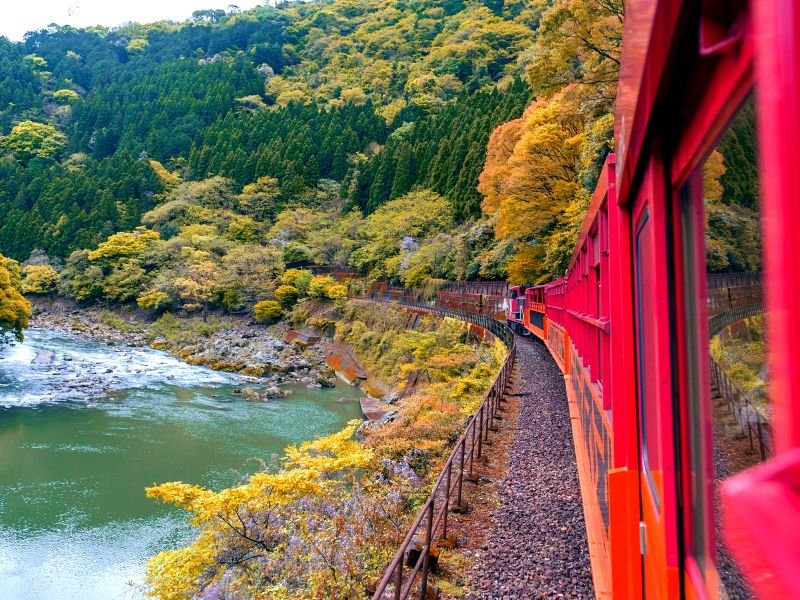
Have you ever heard of the Sagano Romantic Train in Kyoto? It’s a wonderful way to enjoy the natural beauty of the area without visiting the usual temples and shrines. The train runs along the Hozugawa River between Arashiyama and Kameoka, giving you a scenic view of the countryside.
The train is also called the Sagano Torokko or the Sagano Scenic Railway. It has a nostalgic charm with its old-fashioned wooden cars. You can feel like you are traveling back in time as you ride the train.
The train follows the former JR Sanin Line, which was once used to transport goods and people between Kyoto and the Sea of Japan coast. Along the way, you can see the Hozukyo Ravine and the changing colors of the foliage.
In spring, you can see cherry blossoms. In summer, you can see lush greens. In autumn, you can see colorful maple leaves. The train ride lasts for about 25 minutes and covers a distance of seven kilometers.
More Information: Sagano Romantic Train Tips & Stations and Routes
Do you want to ride the Sagano Romantic Train in Kyoto? There are three stations where you can hop on the train: Torokko Kameoka Station, Torokko Arashiyama Station, and Saga Arashiyama Station. You can choose from different routes depending on where you start: Saga Arashiyama to Torokko Kameoka, Torokko Arashiyama to Torokko Kameoka, or Torokko Kameoka to either Torokko Arashiyama or Saga Arashiyama.
But before you decide, please consider the following points:
- Each train route passes the same track. Therefore, a round trip using the train seems unnecessary.
- The Hozugawa River Boat Ride and the Sagano Romantic Train complement each other and create a round trip between Kameoka and Arashiyama.
- The Hozugawa River Boat Ride only follows one route, Kameoka to Arashiyama, because of the downstream flow.
With these in mind, it makes sense to start the round trip using the train at either Saga Arashiyama or Torokko Arashiyama station. Then, take the Hozugawa River Boat Ride from Torokko Kameoka back to Arashiyama. During my research, I learned that shuttle buses are waiting at Torokko Kameoka Station to transfer passengers to the Hozugawa River Boat Ride departure area. That’s great! It will make the whole round trip much easier to do.
For more information, please see the official website of Sagano Romanic Train or you can join a tour that includes a ride on Sagano Romantic Train.
9. Feel Like a Japanese Royalty in Okochi Sanso Garden
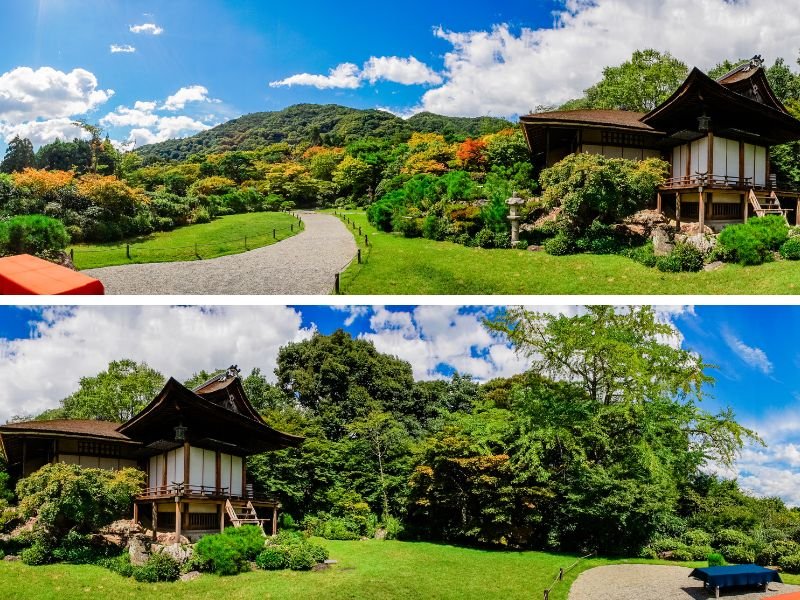
To me, one of the most beautiful places in Arashiyama that is not a temple is the Okochi Sanso Villa or Garden. You can visit it after going to the Hozugawa River and the Bamboo Forest. The villa will impress you with its stunning landscapes and exquisite Japanese structures.
The main house of the villa belonged to Okochi Denjiro, a famous actor who lived there until his death. The main house, called the Daijokaku, is a masterpiece of Japanese residential architecture. You will see it as soon as you enter the villa.
What else to expect in Okochi Sanso Villa
The villa also has tea houses and resting pavilions where you can admire the views of the elegant backyard. The Daijokaku is surrounded by a beautiful multilevel garden that changes with the seasons. In summer, you will see blue azaleas blooming.
In spring, you will see cherry blossoms. In winter, you will see pines. In autumn, you will see lovely Japanese maple trees. The garden is connected by cobblestone and stepping stone paths, with Japanese foot fences along the way. The stroll around the garden is a very pleasant activity.
The most exciting part of the garden is the highest level. There, you will find the Moon Light Pavilion. From there, you will have a chance to see the spectacular view of the Kyoto skyline. I can’t wait to see it from the pavilion.
More Information: How to get to Okochi Sanso Villa
To get to the Okochi Sanso Villa, you can follow the same route as the Bamboo Forest. First, take the train on the JR Sagano/San-in Line to Saga-Arashiyama Station. Then, walk westward from the station. You will pass through the Bamboo Forest. The total walking time is about 15 minutes.
At the end of the forest, you will see a small path with an uphill slope. There is an English sign that says “Okochi-Sanso Villa”. Follow the path, and you will reach the villa’s entrance in a few steps.
10. Travel Back in Time by Visiting Katsura Imperial Villa
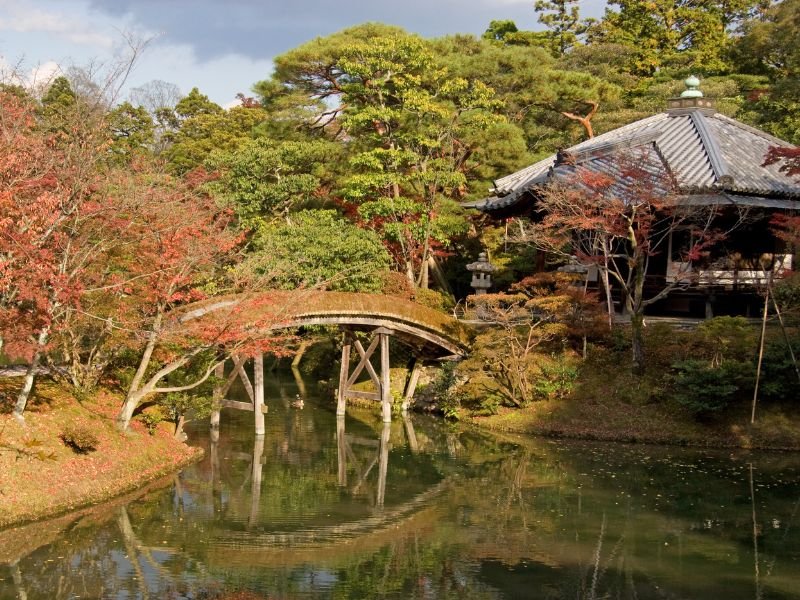

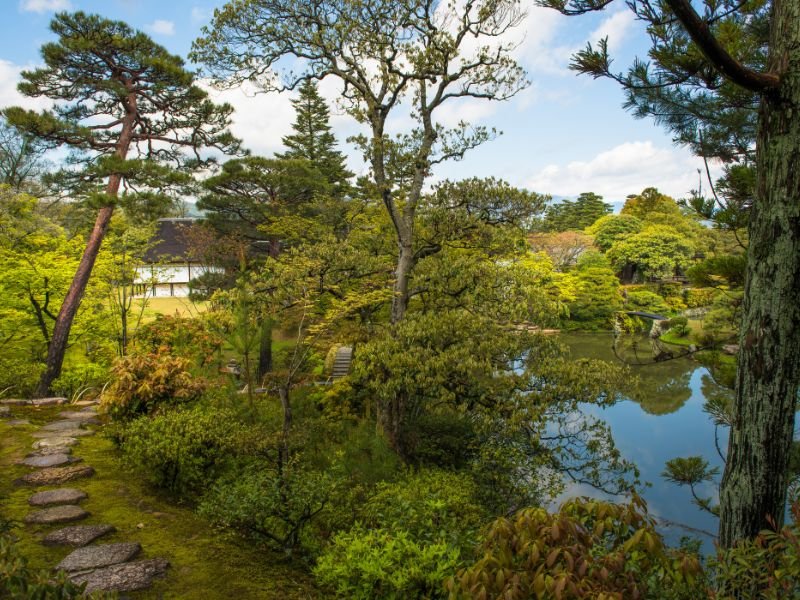
Kyoto was the capital of Japan for more than a millennium, from 794 to 1868. This was because, by tradition, the seat of government always followed the emperors. Kyoto prospered as the political and cultural center of the nation, and many magnificent structures were built there.
One of them is the Katsura Imperial Villa, which stands alongside the Kyoto Imperial Palace. The villa and the palace are symbols of the prosperity and power that Kyoto once had. They have houses and tea pavilions with exquisite Japanese architecture, designed by the most skilled craftsmen.
What to expect in Katsura Imperial Villa
During your visit to Katsura Imperial Villa, you’ll surely be immersed in the beauty of Japanese architecture and gardening style. One of the first things that you’ll notice is the exotic trees everywhere. They add a touch of nature and elegance to the villa.
Another feature that will catch your eye is the ponds and their cute islets that are connected by arched stone bridges. They create a serene and harmonious atmosphere that invites you to relax and enjoy the view.
You’ll also be fascinated by the foot fences that are so Japanese. They are made of small cylindrical materials placed side by side on the shores of the pond. They prevent erosion and preserve the shape of the islets and ponds.
As you explore the villa, stepping on those beautiful cobblestones and stepping stones, you’ll definitely feel like a Japanese aristocrat. You’ll appreciate the craftsmanship and artistry that went into creating this masterpiece of Japanese culture.
The villa has several structures inside, such as the Ko-Shoin, the Chu-Shoin, and the Shin-Goten. Each structure has a purpose: relaxing or gathering.
The Ko-Shoin was built for moon viewing. The Chu-Shoin was built to keep the valuable paintings. The Shin-Goten was built for an emperor visit. Outside the main structure of the villa, visitors can see an open lawn. This lawn was used by courtiers to play archery or kemari, a football-like game of the ancient Japanese people.
I think the villa is one of a kind and a must-visit place in Kyoto.
More Information: Visiting Katsura Imperial Villa
If you want to visit Katsura Imperial Villa, you need to join a guided tour. You can book the tour in advance or check the same-day availability. The tour takes about an hour and shows you the main buildings and the garden of the villa.
There are three ways to apply for the tour: online, in person at the Imperial Household Agency Kyoto Office, or by phone. The tours are offered at different times of the day, but the best ones are at 1 p.m. or 4 p.m. This way, you can also visit Kokedera Temple or Arashiyama, which are nearby.
You can also join a customizable walking tour to see Katsura Imperial Villa.
Going to Katsura Imperial Villa is easy. You can take the train or the bus. If you choose the train, head to the nearest train station and make your way to the Hankyu Line. Get off at Katsura Station and walk to the Imperial Villa. It will take you about 10-15 minutes. If you prefer the bus, hop on Kyoto City Bus #33 from Kyoto station and alight at Katsura Rikyu Mae bus stop.
11. Admire Impressive Japanese Architecture in Kyoto Imperial Park
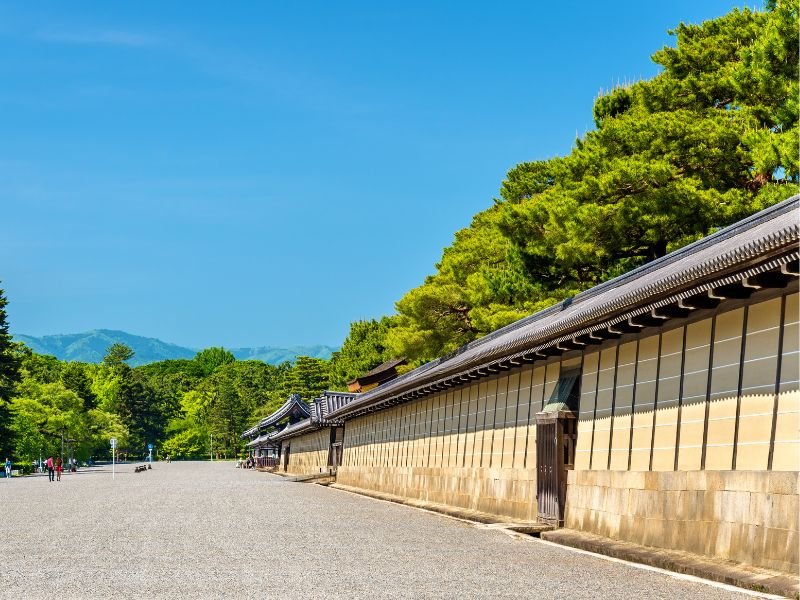
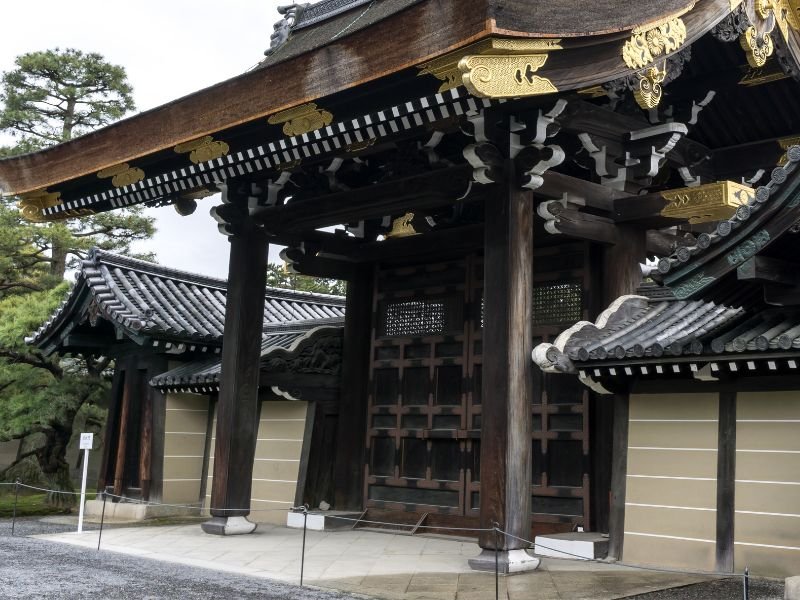
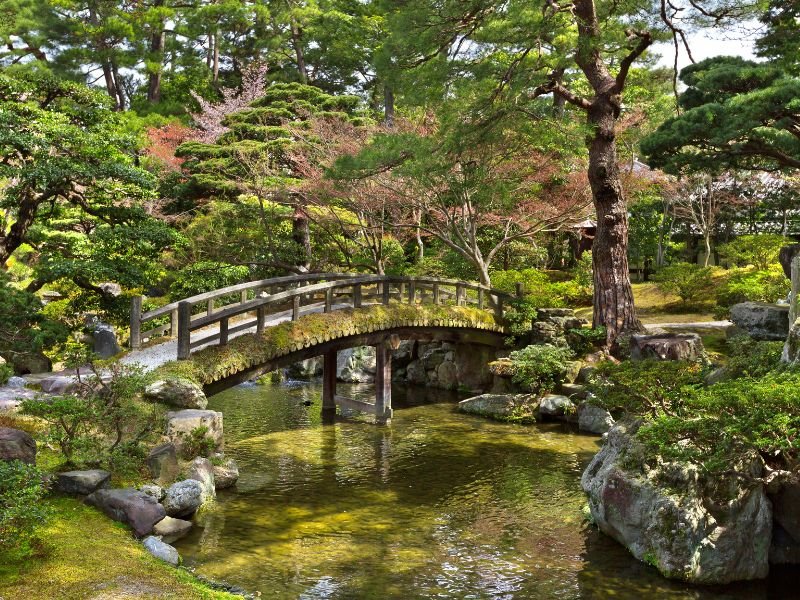
Kyoto Imperial Park is another classical place in Kyoto that we can visit aside from the two villas we discussed a while ago. Here we can find two renowned palaces in Kyoto, Imperial Palace and Sento Imperial Palace.
Inside Imperial Park, you can admire the hall where Emperor Taisho and Emperor Showa had their enthronement ceremonies. This hall showcases the beauty of Japanese architecture.
Kyoto Imperial Park also lets you experience how an emperor lived in his home. You cannot enter the main building, but you can see the exterior up close and wander around the gardens full of cherry trees.
In spring, the Imperial Palace becomes one of the best spots in the city to enjoy the stunning cherry blossoms without too much crowd.
Tips in Visiting Kyoto Imperial Park
If you are curious about what’s inside these majestic buildings, you can head to the park’s southwestern corner. There, you can visit the Kaninnomiya Mansion, where the court nobles lived for years.
The imperial park also has lovely landscaping with paths paved with stepping stones and arched stone bridges over some creeks. Great spots for taking photos!
More Information: Visiting Kyoto Imperial Park
The Imperial Park is in the heart of Kyoto, near Imadegawa Station on the Karasuma subway line. Unlike Katsura Imperial Park, you do not need to make arrangements to enter the park. You can visit the park anytime you want.
12. Be Like Nishida Kitaro as You Walk Along Tetsugaku No Michi
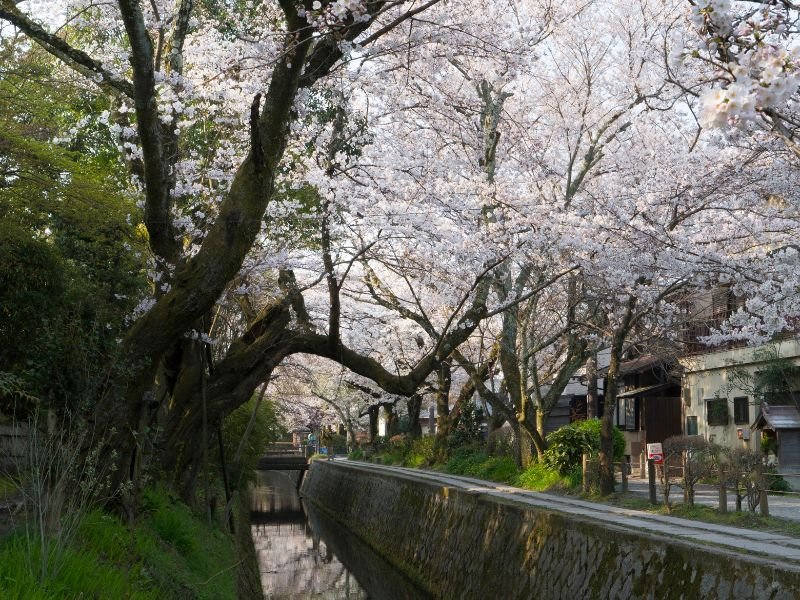
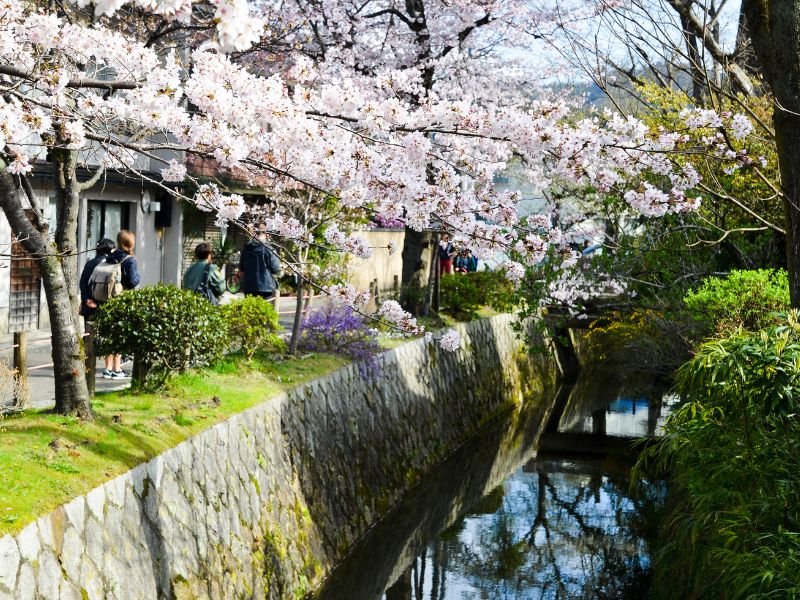
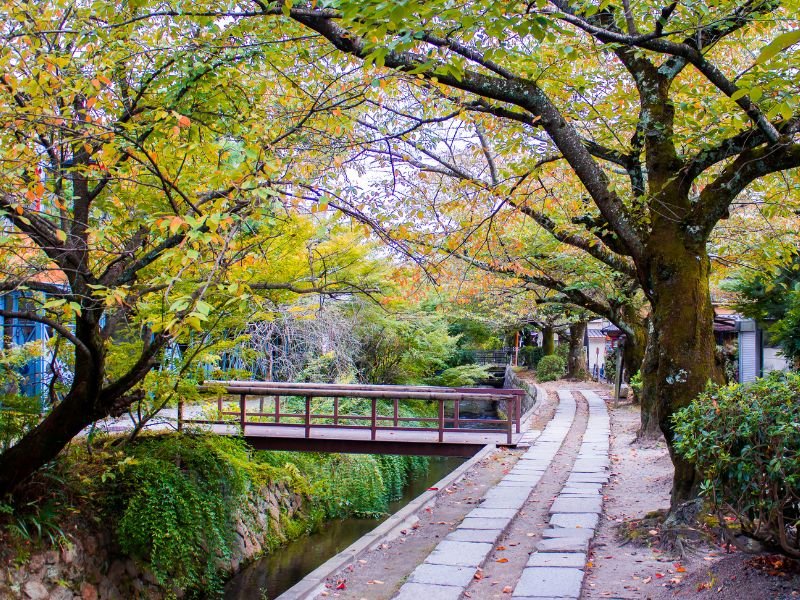
Tetsugaku No Michi, or Philosopher’s Path, is one of the best places to relax in Kyoto without spending a yen. It is a peaceful path that connects two ancient shrines, Ginkaku-Ji and Nanzen-Ji.
The path was named after Nishida Kitaro, a 20th-century philosopher who used to meditate here every day on his way to Kyoto University. He found inspiration and wisdom in this path, which is lined with cherry trees and a gentle canal.
During your visit, think of Tetsugaku No Michi not only a path with a beautiful sight, but also a spiritual journey. It invites you to reflect on life and nature, as Nishida Kitaro did. You can feel the tranquility and harmony of this path, especially in spring, when the cherry blossoms create a magical atmosphere.
What to expect in Tetsugaku No Michi
Tetsugaku No Michi, or the Philosopher’s Path, is a popular attraction in Kyoto, Japan. Visitors usually come to enjoy walking under the blooming cherry trees during spring or the colorful foliage during autumn.
However, because of its popularity, it can get crowded with tourists, especially during midday. To experience the real essence of the pathway, most people recommend visiting it during off-hours, usually before dusk. That way, you can appreciate the tranquil atmosphere of the walkway.
Along the Tetsugaku No Michi, you can spot several temples and shrines, such as Eikan-Do Zenrin-Ji, Honen-in, and Otoyo Shrines. You can also find small shops where you can take a break and have some refreshments.
If you are lucky enough to be in Kyoto on August 16, you can head to the northern portion of the Tetsugaku No Michi to watch the five giant bonfires lit on the mountains surrounding the city. This is the culmination of the Obon festival, a traditional event to honor the spirits of the ancestors.
More Information: Visiting Tetsugaku No Michi
Tetsugaku No Michi connects two famous shrines in Kyoto: Ginkaku-Ji and Nanzen-Ji. If you want to visit this beautiful spot, you can start from either shrine and follow the path along a canal.
However, if you prefer to go directly to the Philosopher’s Path, you can take these steps:
- First, take the Karasuma Line train from Kyoto Station and get off at Marutamachi Station.
- Next, walk to the Karasuma Marutamachi bus stop and board Bus #204 or #93.
- Finally, get off at Kinrinshakomae Bus Stop and walk east for about 3 to 5 minutes. You will reach the Philosopher’s Path soon.
13. Look for Geishas in Gion
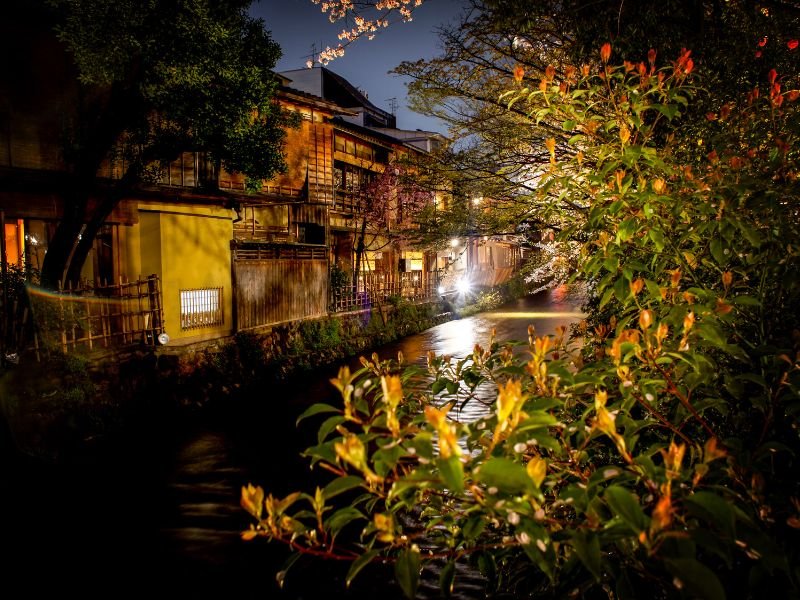
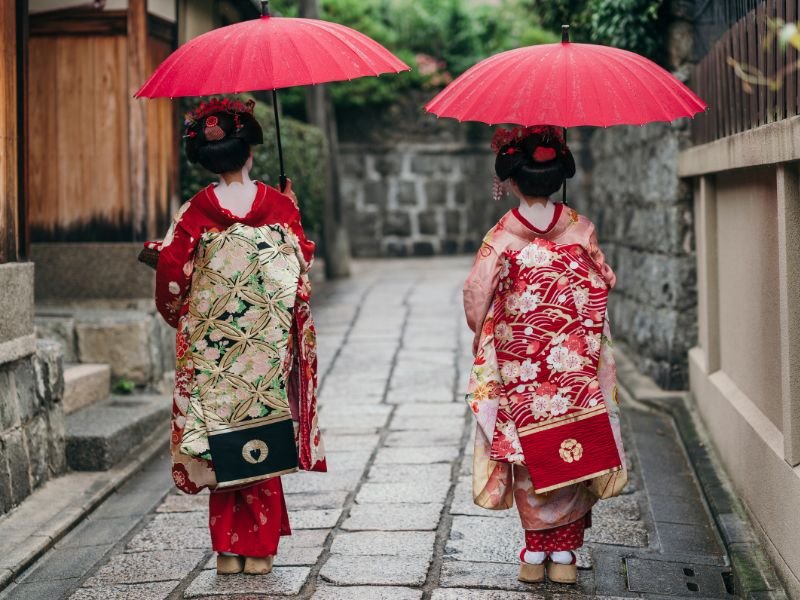
Many things make Japan unique. Three of them are the geisha, samurai, and ninjas.
Although geishas no longer hold celebrity status, and samurais and ninjas have almost faded into history, their presence has not completely vanished. Nowadays, they serve as attractions in Japan for many travelers. One of the best places to visit to encounter these Japanese iconic characters is Gion.
Gion is a picturesque district of Kyoto, highlighted by the wooden houses and cobbled streets. It is located east of the Kamo River, and it is twenty minutes away from Kyoto Station by train. Gion is also near Yasaka Shrine, which is already 1350 years old.
Gion was established mainly to provide accommodation and relaxation for pilgrims of the nearby shrines and travelers. As time passed, Gion improved, adding entertainment for meals, banquets, and other occasions with geishas as the professional entertainers. Essentially, they were the “artists” before the TV was invented.
Today, Gion is a prominent tourist spot in Kyoto with its beautiful houses, cobbled streets, and the geishas unique to Japan.
More Information: Visiting Gion and Tips
If you want to go to Gion by bus, you have two options: Bus #100 or #206. Both buses will take you to the Gion Bus stop in about 20 minutes.
If you prefer to go to Gion by train, you can also start from Kyoto Station. You can take the Keihan Line train and get off at Gion-Shijo Station, or the Hankyu Line train and get off at Kyoto-Kawaramachi Station.
Indeed, gieshas and maiko, the apprentice geisha, are rare and fascinating cultural icons of Japan. However, there are only about 200 of them left in Kyoto today. This means that spotting them on the streets is not very likely.
If you want to increase your chances of seeing a geisha, I suggest that you go to one of these two places: the Shijo-Dori end of Pontocho Alley or Hanamikoji-Dori. These are the areas where geishas usually work and live.
The best time to visit these places is in the early evening, especially on weekends and holidays. This is when geishas are more likely to be on their way to or from their appointments.
14. Learn the Way of The Samurai in the Ninja Museum
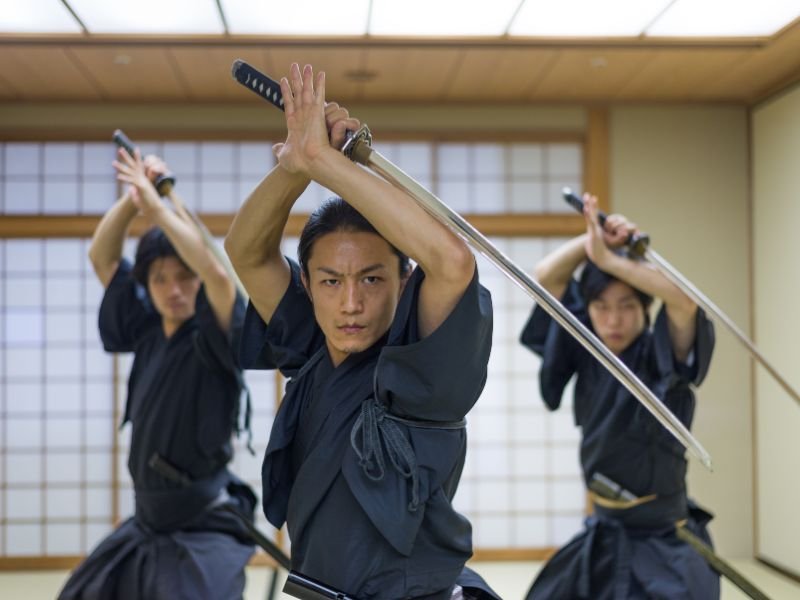
If you’re seeking the best cultural experiences, the Kyoto Samurai and Ninja Museum might be the non-temple destination you’re looking for. This family-friendly museum hosts a variety of exhibits from across Japan’s history.
These exhibits include the armor and weapons of the Samurai, as well as many objects and tools that were commonplace in Japan’s medieval eras.
What more to expect in Kyoto Samurai and Ninja Museum
You can join fully guided tours for a truly insightful time at the museum. One of the most impressive displays at the museum, which is a must-see in my opinion, is their wall of swords. This display showcases a wide range of differing styles of swords used throughout the ages in Japan. Many of these weapons also have fascinating stories of local and famous Samurai.
In addition to the museum tour, the Kyoto Samurai and Ninja Museum offers activities for visitors. You can wear Samurai armor costumes and be trained in the ancient arts of the Ninja. This includes learning how to throw the Ninja star (Shuriken) and using Blowguns (Fukiya).
You can also try the Tameshigiri, the traditional method for Samurai to test their skills and the quality of their swords. You’ll experience slashing bamboo, cutting it into two in one hit.”
More information: Visiting Kyoto Samurai and Ninja Museum
Start your journey at Kyoto Station. Hop on a train that’s heading down the Hankyu-Kyoto Line. Your stop? Kawaramachi Station. From there, it’s a simple walk northwest. Before you know it, you’ll be standing at the entrance of the museum.
For latest visiting information, please visit the official website of Samurai and Ninja Museum.
15. Coffee Lovers: Visit Starbucks Ninenzaka Yasaka Chaya
This isn’t your everyday Starbucks. Sure, the menu might be familiar, but the store itself? Totally different. Picture a typical Japanese house – that’s what it looks like, minus the banner on the second floor and the mermaid-painted curtains at the entrance.
Step inside and you’re greeted by stunning Japanese scrolls adorning the walls. And the floor? It’s decked out in traditional Japanese style, complete with tatami mats and cushions. It’s a Starbucks experience like no other!
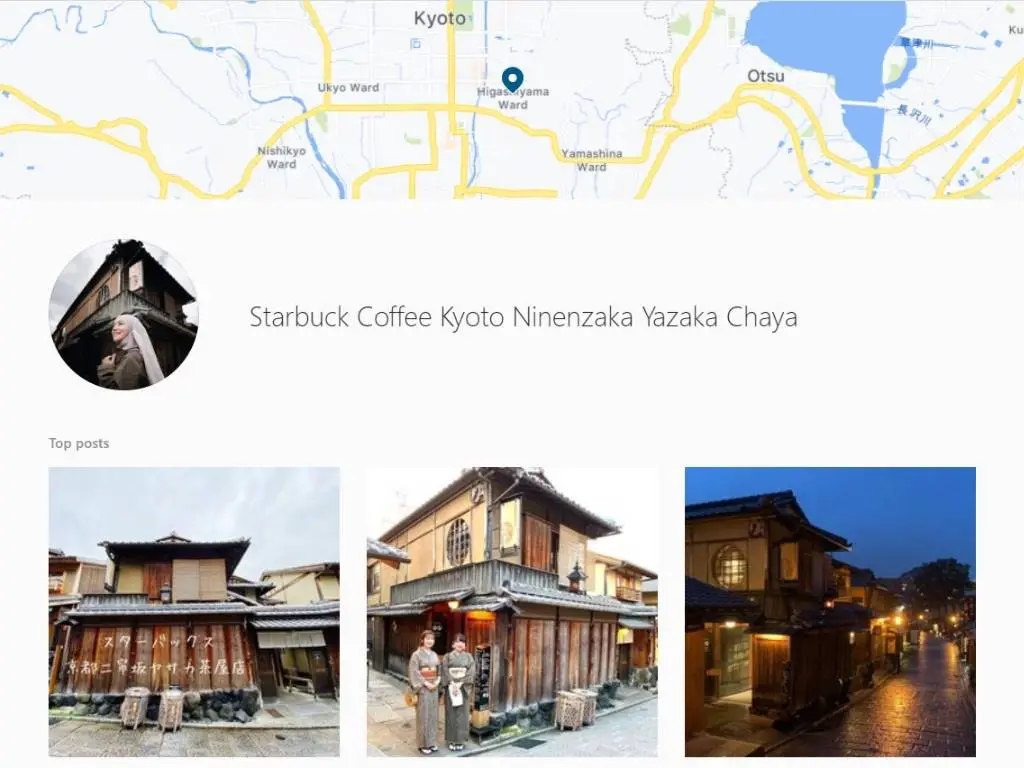
Here’s their location in Google Maps.
Save it on Pinterest.




